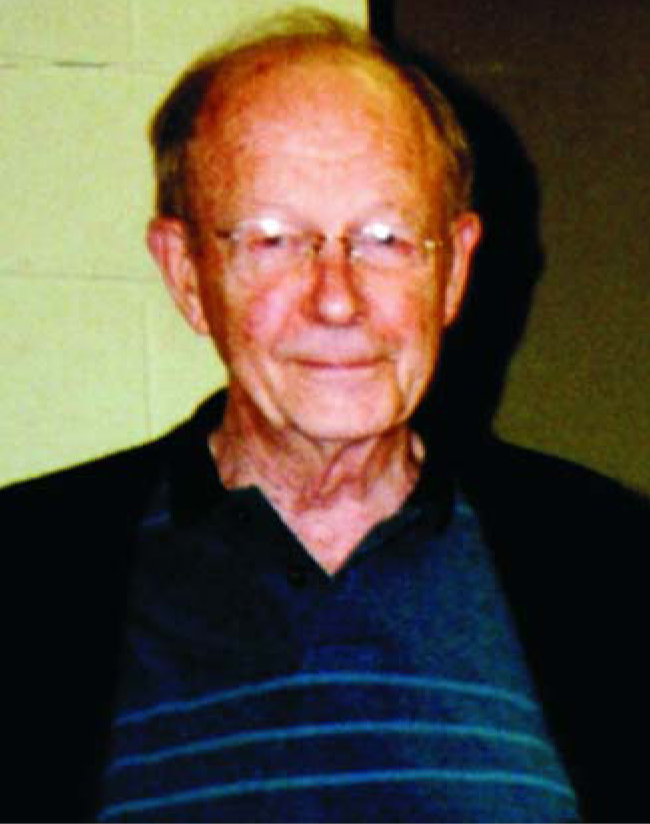Lemuel David Wyly Jr
DOI: 10.1063/1.1995765
Lemuel David Wyly Jr, Regents’ Professor of Physics Emeritus at the Georgia Institute of Technology, died on 6 September 2004 in Atlanta, Georgia.
Dave, as he was known to his colleagues, was born on 9 August 1916 in Seneca, South Carolina. Raised in a family environment that emphasized unselfish service, he completed his undergraduate studies in 1938 with a BS in physics from The Citadel, The Military College of South Carolina. From there he went on for an MA in physics from the University of North Carolina at Chapel Hill. After he completed his graduate work in 1939, he joined the faculty of Georgia Tech as an instructor in the School of Physics. That association was interrupted by the outbreak of World War II; during the war, Dave served as a major in the US Army and worked on radar development.
Within a year of the war’s end, Dave, who likely was influenced by the knowledge that two of his senior colleagues at Georgia Tech had received their doctorates from Yale University, decided to pursue additional graduate studies at that institution. He received his PhD there in 1949. His doctoral research with Ernest Pollard’s group and their use of the Yale cyclotron led to his first published papers on (d,p) reactions in nitrogen and helium. On his return to Georgia Tech later that same year, he set about what was to become a major focus of his professional career: creating a department in which serious graduate education and research could take place alongside a quality undergraduate program.
Within the next few years, with the cooperation of like-minded faculty and students, Dave had built up an experimental nuclear physics laboratory and had become a dominant influence in establishing the newly authorized PhD program. The success of those efforts is evident: Beginning in 1954 and extending over two decades, Georgia Tech’s School of Physics became a continuing source of papers relating to nuclear decay schemes and nuclear structure. Included in that list of contributions was the thesis research for the first doctorate in physics ever to be awarded by a unit of the Georgia university system. From the mid-1950s through the early 1970s, Dave also conducted research using the Oak Ridge National Laboratory cyclotron and was a consultant to the Georgia Nuclear Advisory Committee.
Dave, however, did not confine his efforts solely to research. He was an outstanding teacher at both the graduate and undergraduate levels. Noted for the clarity and vigor of his lectures, he sought to leave his students with an almost visceral feeling for the physical concepts involved. Throughout his career, he maintained a high standard and expected no less from those who studied with him. He has served as a role model and an inspiration for generations of graduates.
Beyond the classroom and laboratory, Dave was the driving force behind a complete revision of the school’s undergraduate program during 1965 and 1966. His efforts led to an increase in the quality and attractiveness of the physics major so that Georgia Tech became a top producer of physics bachelor’s degrees in the US. The significance of his contributions was recognized locally when Georgia Tech awarded him its first Regents’ Professorship in 1959.
Knowledgeable in his science, forthright and courteous in his conversation, Dave was the personification of a true gentleman and scholar. He is missed by those students and colleagues who came to know him.

Lemuel David Wyly Jr

More about the Authors
Ronald F. Fox. 1 Georgia Institute of Technology, Atlanta, US .
James R. Stevenson. 1 Georgia Institute of Technology, Atlanta, US .
Henry S. Valk. 1 Georgia Institute of Technology, Atlanta, US .
